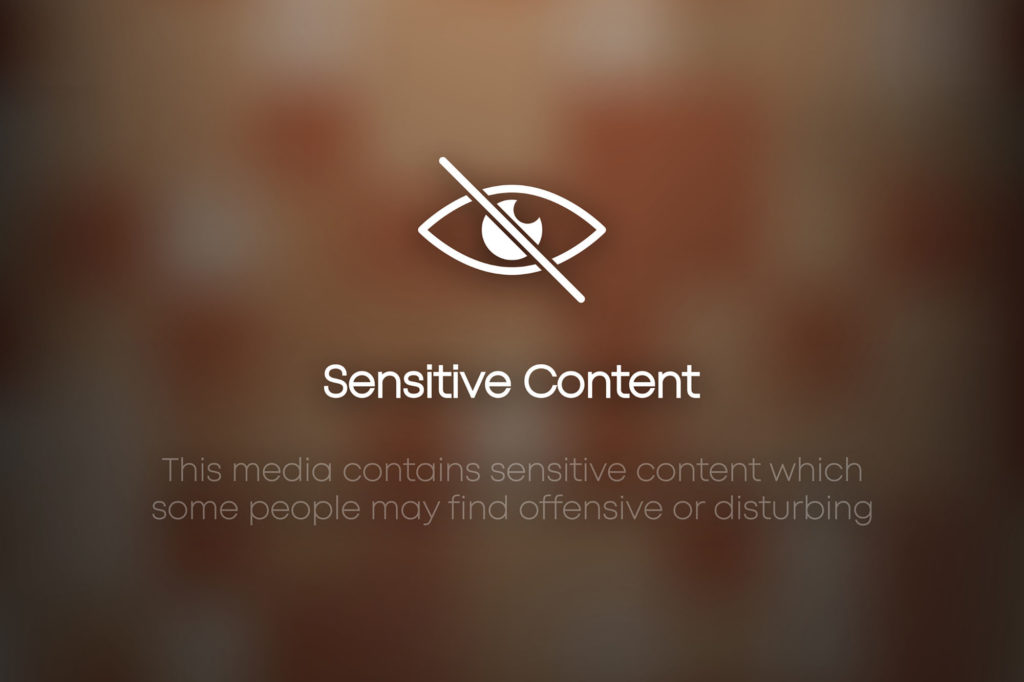Caution: Content Warnings Do Not Reduce Distress, Study Shows

Advocates for the use of trigger warnings suggest that they can help people avoid or emotionally prepare for encountering content related to a past trauma. But trigger warnings may not fulfill either of these functions, according to an analysis published in Clinical Psychological Science.
Instead, warnings appear to heighten the anticipatory anxiety a person may feel prior to viewing sensitive material while making them no less likely to consume that content, wrote Victoria M. E. Bridgland (Flinders University), Payton J. Jones, and Benjamin W. Bellet (Harvard University). Additionally, participants’ distress levels after viewing potentially triggering material were the same regardless of whether or not they received a warning.
“When people see trigger warnings it makes them feel anxious, but that anxiety doesn’t seem to be any sort of helpful emotional preparation,” said Bridgland in an interview with APS. “We need more strategies to give people versus just putting a warning on something and assuming that is going to give them a toolkit for mental health.”
Bridgland, Jones, and Bellet reached their conclusions by comparing the results of 12 studies about the effects of content warnings on participants’ negative emotional reactions, avoidance behavior, and comprehension. The majority of these studies included a mix of participants who were trauma survivors and people who did not report a history of traumatic experiences. The researchers’ meta-analysis resulted in four findings:
- Warnings increase anticipatory anxiety. Across five studies, participants who read content warnings were more anxious prior to viewing potentially triggering material than those who did not.
- Warnings did not influence emotional reactions to content. Across nine studies, content warnings did not affect participants’ feelings of distress, fear, or anxiety after viewing sensitive content.
- Warnings do not increase avoidance. Across five studies, participants viewed troubling content at about the same rate regardless of whether or not they received a trigger warning.
- Warnings do not impact comprehension. Across three studies, content warnings did not affect participants’ understanding of written material.
“Existing published research almost unanimously suggests that trigger warnings do not mitigate distress,” Bridgland and colleagues wrote. “Indeed, trigger warnings (including those used in the current studies) typically warn people about the distressing reactions they may have but do not explain how to reduce these reactions.”
These findings also suggest that people do not use content warnings to avoid viewing triggering content, even when they have the option to do so, the researchers noted. This may be due to a “forbidden fruit” effect, which could make potentially aversive material more tempting to viewers.
Related content: The Following News Release Contains Potentially Disturbing Content: Trigger Warnings Fail to Help and May Even Harm
Given that many people do not use content warnings to avoid troubling material, Bridgland’s ongoing research suggests that emotional-regulation training could help people use these warnings to better prepare themselves beforehand. Although she continues to use content warnings in her own classes, Bridgland said she tells students that these warnings won’t change their emotional reaction to class content and encourages them to take steps to regulate their responses.
In addition to further investigating the effects of emotional-regulation training, in future research Bridgland would like to explore how psychopathology interacts with content warnings. Previous work has focused on how content warnings may affect people with traumatic experiences and post-traumatic stress disorder, and people with depression and eating disorders could react to warnings similarly, Bridgland said.
Feedback on this article? Email [email protected] or login to comment. Interested in writing for us? Read our contributor guidelines.
Reference
Bridgland, V. M. E., Jones, P. J., & Bellet, B. W. (2023). A meta-analysis of the efficacy of trigger warnings, content warnings, and content notes. Clinical Psychological Science. https://doi.org/10.1177/21677026231186625





APS regularly opens certain online articles for discussion on our website. Effective February 2021, you must be a logged-in APS member to post comments. By posting a comment, you agree to our Community Guidelines and the display of your profile information, including your name and affiliation. Any opinions, findings, conclusions, or recommendations present in article comments are those of the writers and do not necessarily reflect the views of APS or the article’s author. For more information, please see our Community Guidelines.
Please login with your APS account to comment.